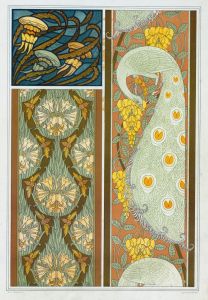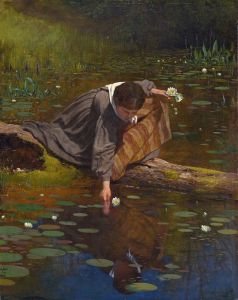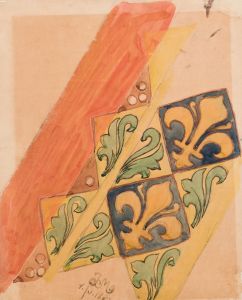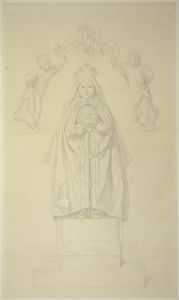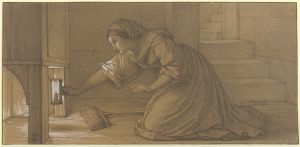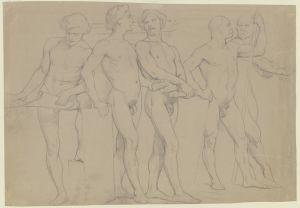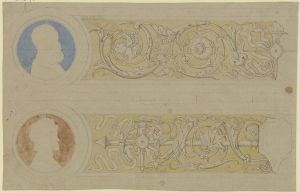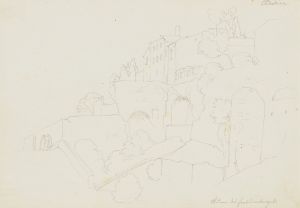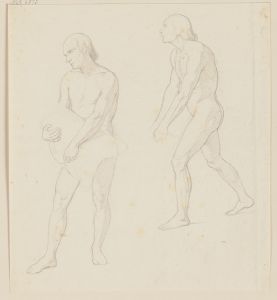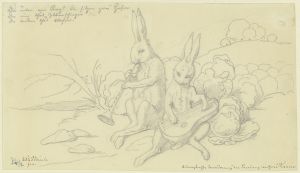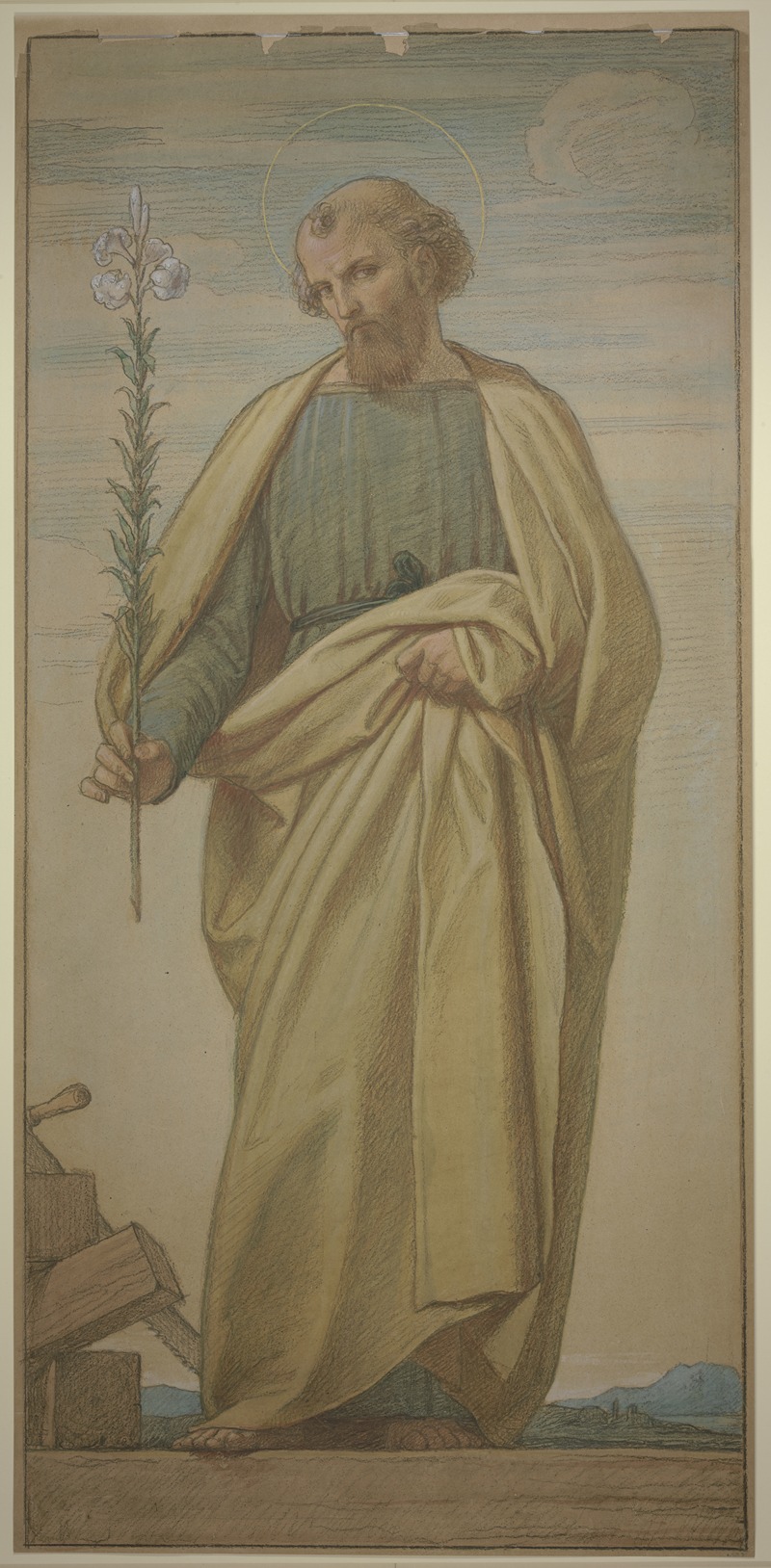
Der Heilige Joseph mit dem Lilienstab
A hand-painted replica of Eduard von Steinle’s masterpiece Der Heilige Joseph mit dem Lilienstab, meticulously crafted by professional artists to capture the true essence of the original. Each piece is created with museum-quality canvas and rare mineral pigments, carefully painted by experienced artists with delicate brushstrokes and rich, layered colors to perfectly recreate the texture of the original artwork. Unlike machine-printed reproductions, this hand-painted version brings the painting to life, infused with the artist’s emotions and skill in every stroke. Whether for personal collection or home decoration, it instantly elevates the artistic atmosphere of any space.
Eduard von Steinle was a notable 19th-century German painter associated with the Nazarene movement, which sought to revive honesty and spirituality in Christian art. One of his works, "Der Heilige Joseph mit dem Lilienstab" (Saint Joseph with the Lily Staff), exemplifies his dedication to religious themes and his meticulous attention to detail.
The painting "Der Heilige Joseph mit dem Lilienstab" portrays Saint Joseph, a significant figure in Christian theology, as the earthly father of Jesus Christ and the husband of the Virgin Mary. In Christian iconography, Saint Joseph is often depicted with a lily staff, symbolizing his purity and his role as the chaste spouse of Mary. The lily is a traditional symbol of purity and is frequently associated with the Virgin Mary, but in this context, it underscores Joseph's virtuous character.
Eduard von Steinle's depiction of Saint Joseph is consistent with the Nazarene movement's ideals, which emphasized a return to the spiritual values and artistic styles of the late Middle Ages and early Renaissance. The Nazarenes were known for their detailed and idealized portrayals of biblical subjects, often drawing inspiration from the works of early Italian and German masters. Steinle, as a prominent member of this movement, embraced these principles in his art.
In "Der Heilige Joseph mit dem Lilienstab," Steinle likely employed a style characterized by clear lines, harmonious composition, and a serene, contemplative mood. While specific details about the painting's composition and color palette are not widely documented, it can be inferred that Steinle's work would reflect the Nazarenes' preference for simplicity and spiritual clarity. The focus on Saint Joseph with the lily staff suggests an emphasis on his role as a protector and guardian, highlighting his importance in the Holy Family.
Steinle's religious paintings were well-regarded for their devotional quality and technical skill. He was known for his ability to convey deep spiritual meaning through his art, making his works popular in both ecclesiastical and private settings. His contributions to religious art were significant during a time when the Catholic Church was seeking to reaffirm its influence through visual culture.
While "Der Heilige Joseph mit dem Lilienstab" may not be as widely recognized as some of Steinle's other works, it remains an example of his commitment to the Nazarene ideals and his ability to infuse traditional religious subjects with renewed spiritual significance. Steinle's legacy as a painter is marked by his dedication to creating art that was both aesthetically pleasing and spiritually uplifting, aligning with the broader goals of the Nazarene movement to inspire faith and devotion through art.
Overall, Eduard von Steinle's "Der Heilige Joseph mit dem Lilienstab" reflects the artist's mastery of religious themes and his contribution to the 19th-century revival of Christian art. Through his depiction of Saint Joseph, Steinle continues to inspire viewers with a sense of reverence and contemplation, embodying the enduring power of religious imagery in art.







